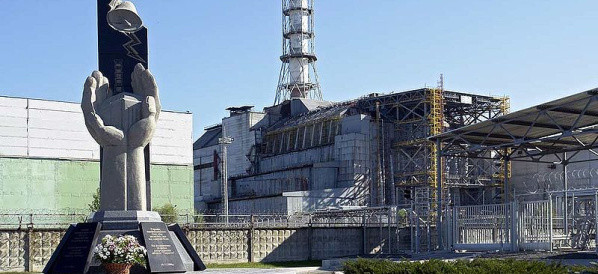 4 Terms
4 TermsHome > Terms > Kazahă (KK) > қалып
қалып
In relation to art the term form has two meanings. First it refers to the overall form taken by the work—its physical nature. Secondly, within a work of art form refers to the element of shape among the various elements that make up a work. Painting for example consists of the elements of line, colour, texture, space, scale, and format as well as form. Sculpture consists almost exclusively of form. Until the emergence of modern art, when colour became its rival, form was the most important element in painting and was based above all on the human body. In treating or creating form in art the artist aims to modify natural appearances in order to make a new form that is expressive, that is, conveys some sensation or meaning in itself. In modern art the idea grew that form could be expressive even if largely or completely divorced from appearances. In 1914 the critic Clive Bell coined the term significant form to describe this (see Formalism). The idea played an important part in abstract art. In 1914 the British pioneer abstract painter David Bomberg wrote: 'I appeal to a sense of form—where I use naturalistic form I have stripped it of all irrelevant matter 'My object is the construction of Pure Form. ' Even space can have form—the sculptor Henry Moore once remarked that 'a hole can have as much shape meaning as a solid mass'. (See also Biomorphic. )
- Parte de vorbire: substantiv
- Sinonim(e):
- Glosar:
- Industrie/Domeniu: Istoria artelor
- Categorie: Istoria artelor în general
- Company: Tate
- Produs:
- Acronim-abreviere:
Alte limbi:
Ce doriţi să spuneţi?
Termeni la ştiri
Termeni dezvoltaţi
Чернобыль
A disaster which occurred in the Chernobyl power plant in 1986, where one out of four nuclear reactors in the plant exploded, resulting in at least 5% ...
Colaborator
Glosare dezvoltate
Marouane937
0
Terms
58
Glosare
3
Followers
Morocco's Weather and Average Temperatures
 4 Terms
4 Terms
Browers Terms By Category
- Crăciun(52)
- Paşte(33)
- Festivalul primăverii(22)
- Ziua Recunoştinţei(15)
- Festivaluri spaniole(11)
- Halloween(3)
Festivaluri(140) Terms
- Brânză(628)
- Unt(185)
- Îngheţată(118)
- Iaurt(45)
- Lapte(26)
- Produse cu frişcă(11)
Produse lactate(1013) Terms
- Meteorologie(9063)
- Vreme în general(899)
- Chimia atmosferei(558)
- Vânt(46)
- Nori(40)
- Furtuni(37)
Vreme(10671) Terms
- Restaurant diverse(209)
- Culinar(115)
- Cină rafinată(63)
- Restaurante(23)
- Cafenele(19)
- Bufete cu autoservire(12)




